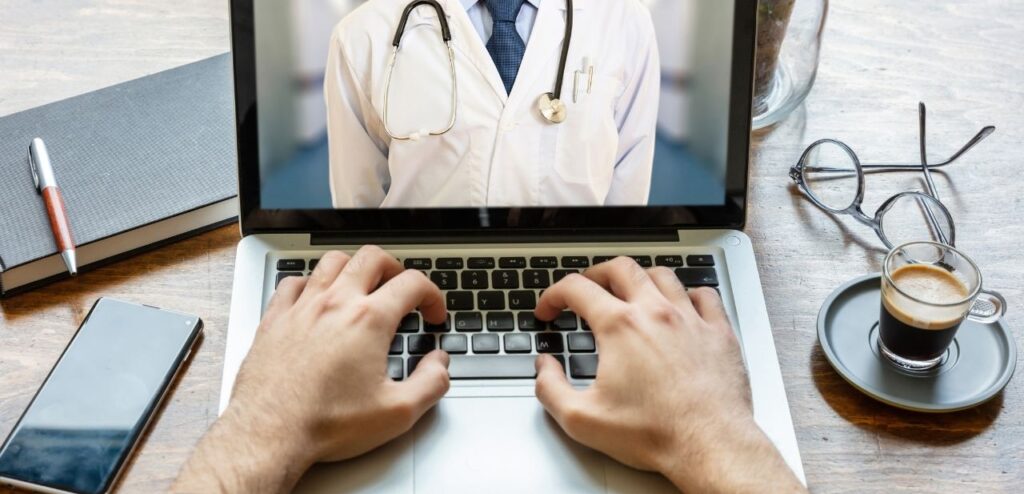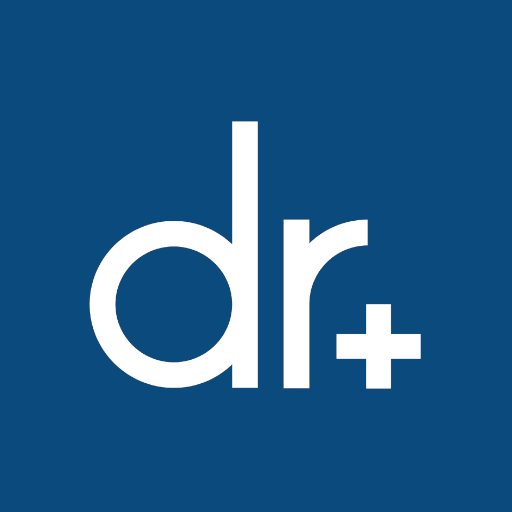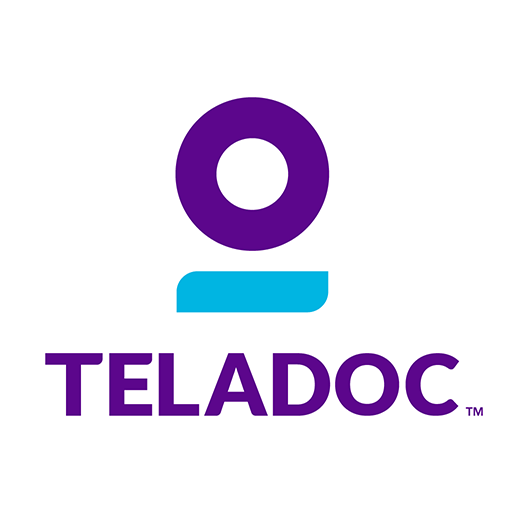Table of Contents
Telemedicine implies electronic process integration into each step of regular patient care, usually scheduling appointments, hosting the visits virtually, analyzing vital signs readings, adjusting medication intakes, issuing e-prescriptions, billing documents, and others.
Medical systems that support telehealth are highly secure and scalable software solutions that enhance the patient experience by making it smoother, more convenient, efficient, and pleasant. That is the baseline of what patients and clinics expect from this technological trend. Telemedicine has already spread to most areas of healthcare and continues to be adopted throughout.
Telehealth delivery can be conditionally divided into three types:
- Synchronous telehealth applies to simple live communication between doctors and patients via devices like computers, tablets, or smartphones;
- Asynchronous telehealth applies to delayed communication between doctors and patients meaning a patient can send personal information like symptom descriptions, images, videos, etc., to the doctor but the doctor can respond at a later time, when they can, rather than reacting immediately;
- Remote patient monitoring – applies to round-the-clock health monitoring via special medical devices installed on patients that transmit vital heath measurements to clinics, medical centers, and doctors in real-time.
Options that telehealth tools provide
Telehealth medical apps have a range of built-in functionalities. We would like to highlight the core ones and discuss their application.
Measurement records
This option is quite simple and is used for giving a gauge on you as a person, this summary typically displays things like your age, weight, food habits, unhealthy habits, blood pressure and sugar level, and so on. This information can be typed manually into patient medical record accounts; patients can also have this information carry over within my chart accounts, which can always be updated, including the health information that is maintained via wearable device data transmission.
Virtual doctor visit
During last year virtual doctor visits replaced most in-person visits. Before the pandemic, in-person doctor visits were already mired with inefficiencies and were clearly a pain in the neck. Now, all of this was exposed and the aspect of social distancing was added. In other words, now not only does it appear time-consuming to people, but also they are afraid of catching a coronavirus.
Instead, all patients need is a laptop or smartphone with an internet connection to do a video meeting with their doctors to consult about their symptoms, get e-prescriptions, update treatment courses, etc.
Online Omni portal
Having separate portals for medical staff and patients is considered to be an outdated and insufficient practice. Currently, most medical entities seek to implement an all-in-one solution or common channel to combine all internal medical systems and processes. Where patients can schedule appointments, request prescription refills, communicate with doctors, check and update medical histories, and so on.
Health data exchange
This function is key as telehealth would be impossible without secure and proper health data exchange between patients, providers, and insurance companies. This information implies laboratory test results, diagnoses, prescriptions, allergies, disease history, etc.
Notifications
Notifications are vital to avoid missing booked appointments. Patients and doctors can get email or smartphone app reminders about upcoming visits, screenings, laboratory tests, vaccinations, and other procedures.
We also recommend you to learn more about the future of telemedicine and its trends from the video we added below.
Future Trends of Telemedicine
Self-controlled Health
Telemedicine aims to encourage patients to get more regular and targeted treatment. This is a key to a successful and efficient mHealth. In the beginning, doctors had to track each patient’s move and intake. However, now telehealth changes its main focus and gives more freedom in decision-making to patients. It means that it is not obvious to follow all doctor’s recommendations and prescriptions. It is called patient-controlled health when patients get more access and interactions with software solutions and technologies.
Thus, it provides them with a better awareness of their bodies and their state of health. Moreover, patients can ask for advice from different clinicians or other patients registered in the system.
AI healthcare
The future of the telemedicine industry and its development is related to Artificial Intelligence, machine learning, and their implementation in the field. These days, AI is used not only for communication with patients to provide them with a great experience but also for remote treatments.
Most patients have already encountered AI in some form in a healthcare setting. AI powers health service chatbots to customer service and even therapy. But it’s the potential impact of AI on the digital transformation of healthcare that gets most experts’ attention. AI has applications in precision medicine, genomics, drug discovery, and medical imaging.
AI technology can deeply analyze the patient data in order to detect the real diagnoses and prescribe the appropriate therapy. Its main benefit is the ability to reveal diseases like cancer in the earliest stages to muster the needed effective treatment plan to avoid health deterioration if the disease is genetic. As an example, AI is widely used for detecting COVID-19 before the late stage of pneumonia so that patients could get help in time.
Benefits of telehealth
Based on the publication by Brian William Hasselfeld, M.D., Digital Health and Telemedicine at Johns Hopkins Community Physicians, we would like to highlight the key benefits of using telehealth solutions in a modern healthcare system.
Cons of telehealth
Apart from the numerous benefits that telemedicine brings to the healthcare system, there are still plenty of risks and challenges that medical facilities are inevitably going to face. We would like to point out such disadvantages:
- Telemedicine cannot completely eliminate the need for visits to medical buildings since far from all care, tests and treatment can be performed remotely;
- Health data security is considered to be another one of the biggest challenges for telehealth as all patient data is digital and exchanged with different medical systems due to their interoperability, so there is a huge risk and danger of sensitive data leaks by third-party providers;
- Not all telehealth services can be covered by insurance plans as insurance companies cannot make provisions for covering a full range of remote healthcare services, it means that telehealth can prove to be unaffordable for many patients;
- Health information implies not only text documents but images and videos; there are no guarantees that medical offices will receive patients` files in a high resolution, making it harder for providers to scrutinize the files. However, physicians are working on improving digital video camera to provide proper digital treatment;
- Technical support is a must for medical software. The maintenance development team have to react quickly to any troubles in the functioning of a system and track the data security to stamp out its disclosure for malicious purposes;
Telemedicine applications
Here are the current trends in telemedicine that are widely used all around the world. People seek professional consultations and effective treatment, and these solutions do not require any directions from doctors and are ready to provide them with specialists s soon as possible.
 Doctor on demand
Doctor on demand
Doctor on demand is a telehealth solution that provides urgent treatment of particular illnesses as soon as possible. This app helps to find the required physician within minutes and book an appointment. Doctor on demand has a strict list of medical services they provide and among the ones that we would like to note are:
- Urgent care like flues, coronaviruses, allergies, women and men health, etc.;
- Mental health help like treatment of depression, anxiety; providing screenings, trying out medicine, etc;
- Preventive health implies family medicine, medication management, and others.
To become a member of this system, you don’t have to pay any charge; however, each doctor visit is paid and is not covered by the insurance plan mostly. Despite their claim that their solution is cost-effective, it is not really so. The fee per one doctor visit starts from $75 and depends on a chosen physician and the duration of a consultation.
 Teladoc
Teladoc
Teladoc is a complex telemedicine solution that includes e-treatment and uses AI and data analytics, including medical opinions and investigations. This app provides interactions between doctors and patients via video conferences, telephonic conversations, and mobile app messaging communication. It can be accessed by insured patients as well as for those who are not covered under insurance, and the app bills accordingly. The price per consultation starts at $50.
As you see, telemedicine apps can certainly be not only efficient but also economically feasible for patients and providers alike. Despite their prices, people are ready to pay any sums they are sure that they will get highly qualified and effective medical recommendations.
Features and challenges of the mHealth development
Common features of telehealth solutions are the following:
- Health Tracking
This function takes the highest priority in the m-Health app functionality and provides round-the-clock remote patient monitoring. It also encourages self-care as patients should impose their health measurements and symptoms to exchange this data with medical centers.
- Schedule appointments
All communication between patients and doctor’s offices is digital, so telemedicine apps should obviously have the option of being able to schedule online appointments. The information about upcoming visits is displayed to both sides – doctors and patients, and appointment reminders are also a staple of these solutions. Thus, this eliminates long wait times, delinquencies, and absences.
- Other Reminders
Remote monitoring also implies tracking medication intake and keeping tabs on and controlling other habits. It means that patients get notifications about taking medicine, track how much water they drink, how many calories they consume, how many hours of sleep they get, etc. This option also galvanizes the patients into better self-care.
- Patient Information Database
Patients and clinics exchange information via wearables and internal medical systems respectively. However, this information had to be protected and cannot be deleted or lost as it is a part of someone’s medical history that is really important. Moreover, there are no other copies of those records anywhere else. Therefore, a single database, preferably a cloud-based one, is a perfect solution that gives the ability to collect and securely store all patient health information. The database is accessible from any device and location and this information can also be analyzed and reported.
- Geolocation
Geolocation is mostly useful to patients. It helps to find the needed doctor or medical center within minutes in the area. The app map will show only those hospitals and clinicians that have already integrated this solution.
- Real-time Chats
The communication between patients and doctors became more advanced, mostly because of quarantine limitations. Simple telephone calls and emails are considered to be outdated methods of patient-doctor communication. Now any modern telehealth app should offer real-time chats, voice and video calls to get more enhanced consultation and recommendations from doctors.
- Easy mobile payments
Telemedicine solutions allow seamless billing of individuals and insurance companies depending on whether the patients are insured, what the copays and deductibles are, etc. Thus, the app should be integrated with online banking, credit cards, and digital wallets to offer different options for payment. Moreover, all payment-related information like bills, claims, and invoices are recorded and accessible at any given time.
- Ratings and Reviews
All hospitals and doctors that are registered with the solution have ratings and feedback that they receive from patients. However, it is better to remember that all people have different needs and preferences that means that not all reviews will be valid for you.
- Cloud Integration
Cloud infrastructure is a must for medical software solutions. Cloud provides unlimited and secured data collection, exchange between different medical internal systems, and preservation.
- Reporting and Analytics
Telehealth applications should also provide medical facilities’ management with data analytics and reports to track the efficacy of the application, the number of active users, finance and inventory management, quality of services, etc.
Challenges of telemedicine apps
FAQ
Final thoughts
Taking everything into account, choosing a software development company as your tech partner is the most responsible step you can take on your way to building healthcare software apps. We, as a trusted software development team with 10+ years of experience in building custom solutions, particularly for healthcare, are always aware of the latest changes on the market of technologies, their use, and law regulations. The medical field will never revert back to the traditional model of only in-person treatment.
Telemedicine growth is becoming something common, proving to be much more convenient, and efficient as it can cross any borders like security, geolocation, types of illnesses, etc. It is high time to upgrade your medical center with a telehealth app, and provide the patient with a brand new, modern, and superior approach to treatment.



 Doctor on demand
Doctor on demand Teladoc
Teladoc